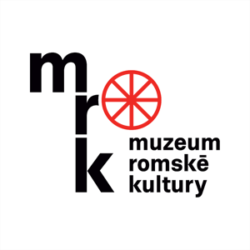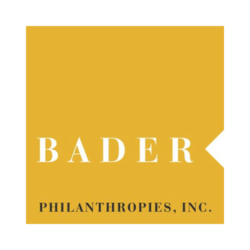Ján Bartoška
Ján Bartoška (born 1924, Sásová – today a district of Banská Bystrica)
-
Testimony abstract
Ján Bartoška learned about the labour camps in Slovakia and the conditions that prevailed there mainly from eyewitnesses who had managed to escape. There were labour camps in both Eastern and Central Slovakia, but the inhabitants of Central Slovakia were deliberately transported as far east as possible in order to make it difficult for them to escape. For example, someone could be put into a labour camp because he had resisted a high-ranking member of the local Hlinka Guard. Bartoška cites as an example the businessman and Guard member Ľupták from [Banská] Bystrica who built railway crossings.[1] Prisoners in the [labour] camps could be killed with impunity. If someone was shot or died of illness, he was listed as having been shot while trying to escape which was considered valid grounds for shooting.
Ján Bartoska described a situation during the war when his mother, sister and sister-in-law were in a group talking together. They were approached by a policeman named Bednárik,[2] who wanted to catch them and shave their heads. Bartoška’s mother managed to escape when Bartoška pushed Bednárik away, and then he escaped himself, although Bednárik fired into the air. From then on, the policeman was looking for him, and Bartoška had to stay in hiding for some time. Partisans used to come down from the forests among the people and Bartoška was approached by a Russian who asked if he would like to join them. He agreed and joined Captain [Ernest] Bielik's Jánošík partisan brigade, where he spent eight months. At first there were seventeen of them, but later they formed two regiments. There were more Roma among the partisans, especially those who were a long way from home or who had lost their families in the war; these, in Bartoška’s opinion, were looking for death.
The Jánošík Brigade operated over a wide territory. Bartoška mentioned the villages of Brezno (where they had their headquarters), Telgárt, Vernár, Hranovnica, Helpa, Liptov, Ružomberok, and Strážske. They spent a long time in Horehronie, where they fought at the front. They were involved in the fighting, but Bartoška says they did not plunder. He says that the relations in the brigade were on an equal footing, and that they had good relations with the Russian commanders.
When the partisans were preparing an attack, or when, for example, a train had to be blown up, Bartoška carried explosives in a backpack, usually 15 to 20 kilograms, so it would not be too heavy and he could run or crawl. When necessary, he had to ford the Hron or Váh rivers in winter.
Bartoska was often sent with a group of up to five men to find food. Because he was Roma and the Roma often lived near the forest on the edge of the village, he was sent to them on reconnaissance missions to find out where the Germans were.
Jan Bartoška lost six members of his family, who were later identified in a mass grave in the village of Kremnička. The Gestapo first captured his two sisters and his brother-in-law. When three other relatives learned where they were, they went to ask for their release, but they too never returned. They were then found shot dead in a grave in which were buried 350 to 400 Roma who had come from the villages of Kremnička, Kremnica, Hronský Kríž,[3] Banská Štiavnica and the surrounding area.
He then worked in Kremnička to uncover a mass grave in a lime pit. He was able to read and write, so he used to issue the pay slips to the people who worked there. He saw what it looked like and what terrible deaths people died there.
How to cite abstract
Abstract of testimony from: VAGAČOVÁ Ingrid, FOTTA Martin eds. Rómovia a druhá svetová vojna, Čítanka. Bratislava: Nadácia Milana Šimečku, 2006. ISBN 80-89008-20-8, 121-123 (slk), 130-131 (rom). Testimonies of the Roma and Sinti. Project of the Prague Forum for Romani Histories, https://www.romatestimonies.com/testimony/jan-bartoska (accessed 12/4/2025) -
Origin of Testimony
The interview with Ján Bartoška was recorded in the late 1990s as part of the Milan Šimečka Foundation’s project entitled “The Fate of Holocaust Survivors”. It was conducted in Slovak and recorded on camera. The transcript has been shortened, slightly edited, and a translation into Romani is printed alongside the Slovak original. An excerpt from the interview with Ján Bartoška is included on the attached DVD in the section Zostrih svedectiev (Editing of testimonies) (footage 15:32-16:20).
-
Where to find this testimony




